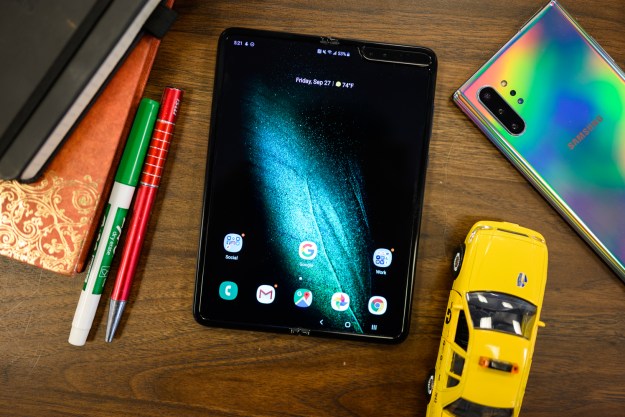
Google has been well aware of this problem, which is why it has made significant strides over the past several years, reducing that wait time to just a couple of days, according to TechCrunch. But there is still work to be done, as Adrian Ludwig and Mel Miller, members of Android’s Security Team, have noted in a year-in-review blog post.
More than 735 million devices from more than 200 manufacturers received security updates last year, according to Google. While that illustrates the company’s commitment to keeping users safe, the job is hardly complete. Ludwig and Miller also noted roughly half the Android products in use at the end of 2016 had not received an update in the preceding 12 months. Google claims its new A/B update system, designed to make over-the-air updates more reliable and prevent them from inadvertently bricking phones, will help encourage installation.
The monthly security update initiative, set in motion after the Stagefright vulnerability was discovered in 2015, also saw expansion in 2016, the team reported. Those updates were released for devices running Android 4.4.4 and up, which comprises 86 percent of all active devices globally.
Ludwig and Miller also said they made strides in stamping out potentially harmful apps (PHAs) in the Google Play Store. Verify Apps, a system that checks users’ devices for PHAs, conducted 750 million daily tests last year, up from 450 million in 2015. As a result, installation of PHAs was reportedly reduced in the top 50 countries in which Android devices are used. Google estimated PHAs accounted for 0.05 percent of all apps on the Play Store last year, compared to 0.15 percent in the year prior.
Of course, Google Play isn’t the only place where users can get their apps, and that is one of the roadblocks Google encountered trying to make Android safer for everyone. The number of devices with a PHA installed — from any source, not just Google’s marketplace — actually rose to 0.71 percent from 0.5 percent.
Although many Android users have chosen Pixel and Nexus devices to receive updates straight from Google automatically, the security team attributed much of its progress to enhancements offered by the release of
Still, as much as the Android Security Team has accomplished alongside partners and carriers, it still helps to have friends in the research community. Google said its Vulnerability Rewards Program paid out nearly $1 million to researchers in 2016 for their contributions — some of which were set to rave music.
Editors' Recommendations
- Google is making it easier for you to find and download Android apps
- Google Pixel 9: news, rumored price, release date, and more
- Google just announced Android 15. Here’s everything that’s new
- Google is expanding Fast Pair, casting to more devices
- Google is bringing Chrome browser to cars, even more EV features to Maps

